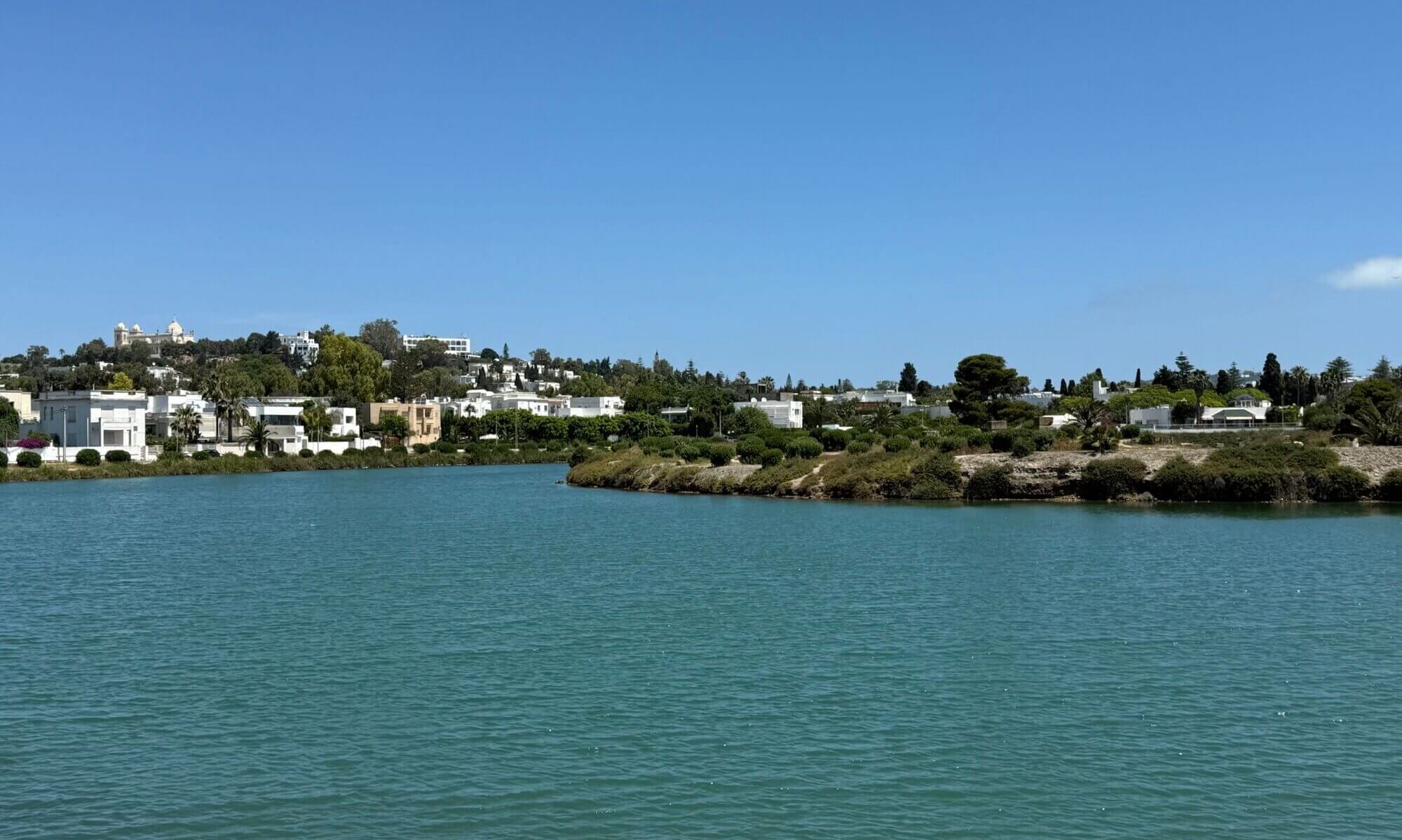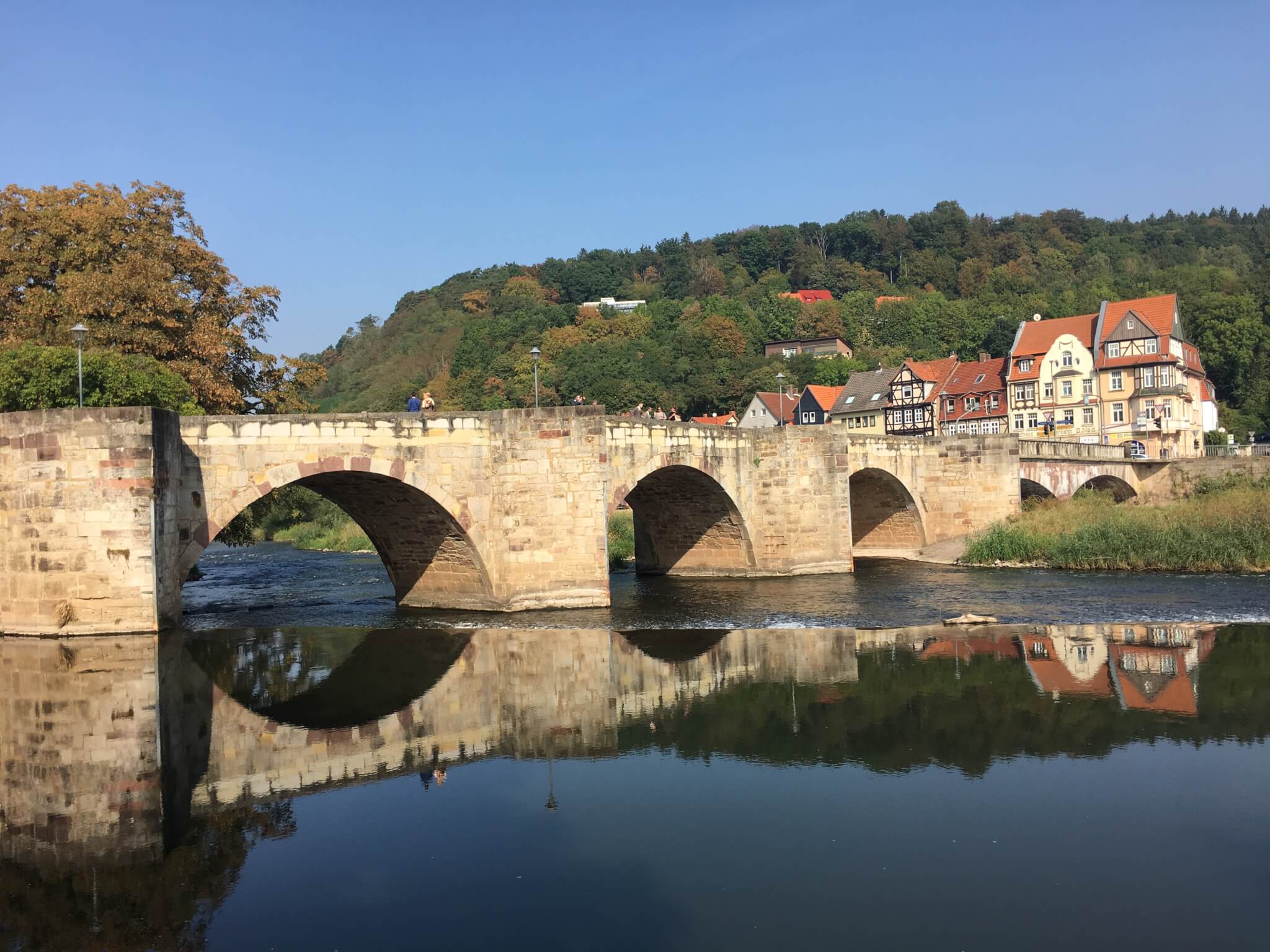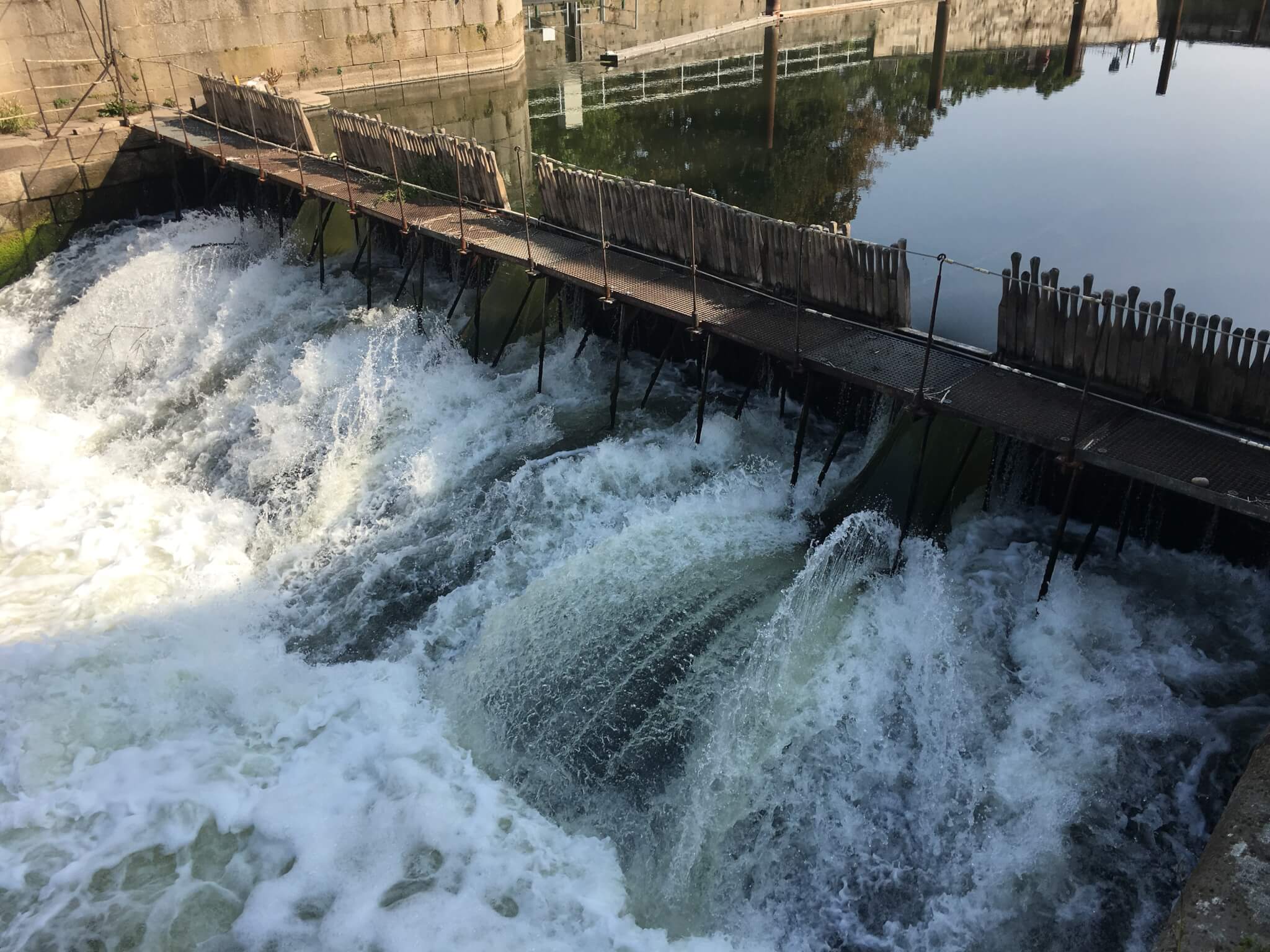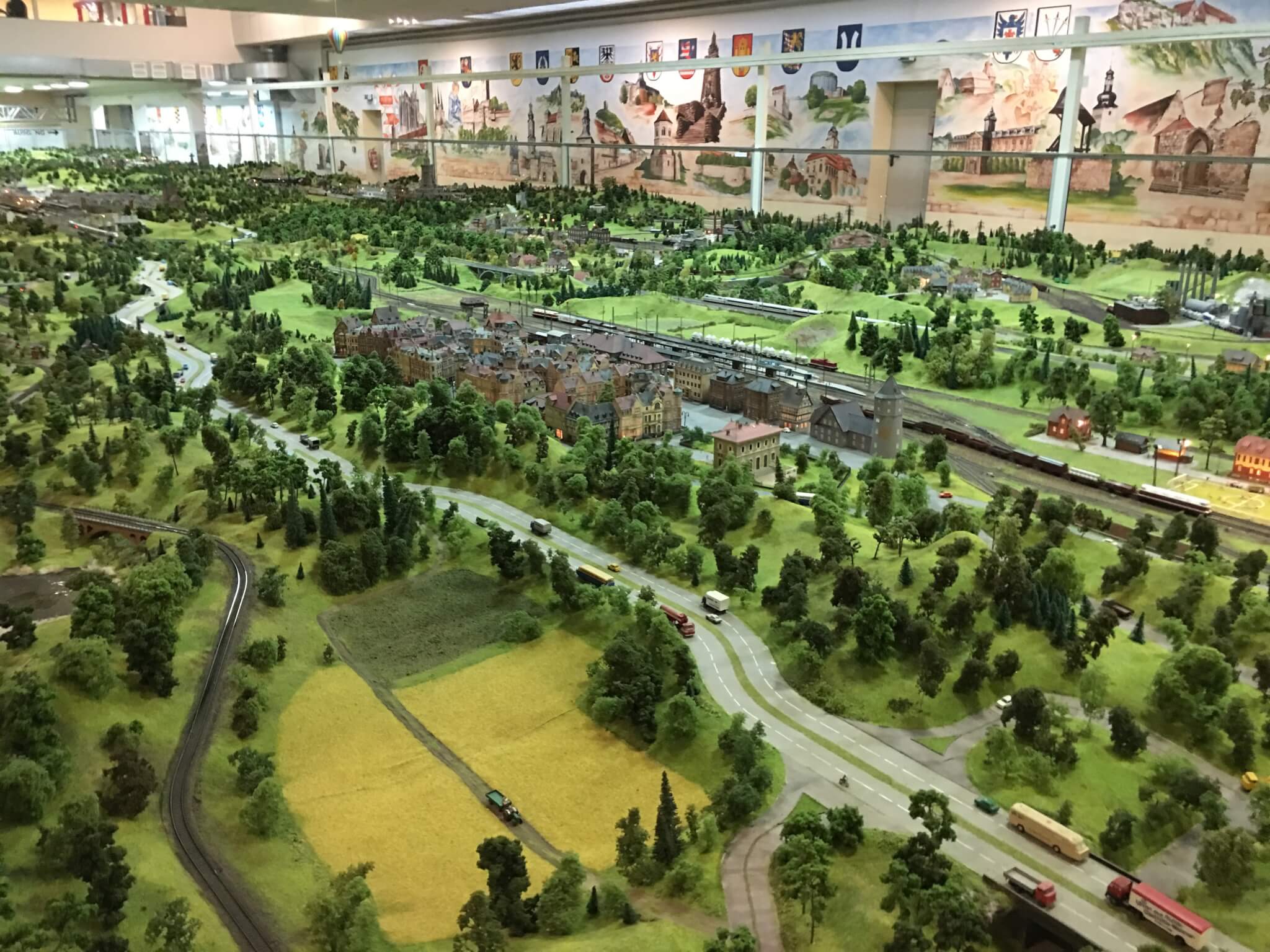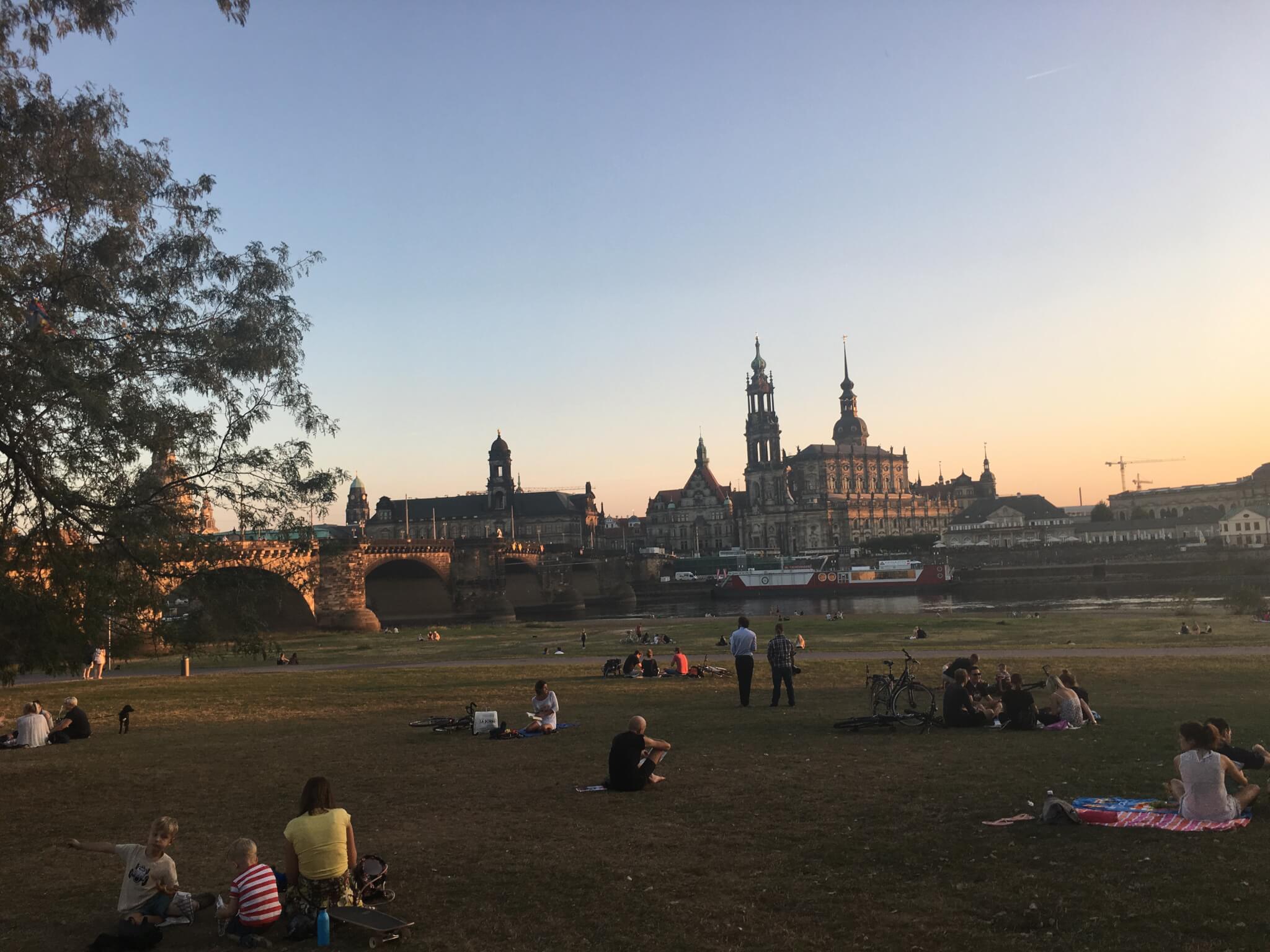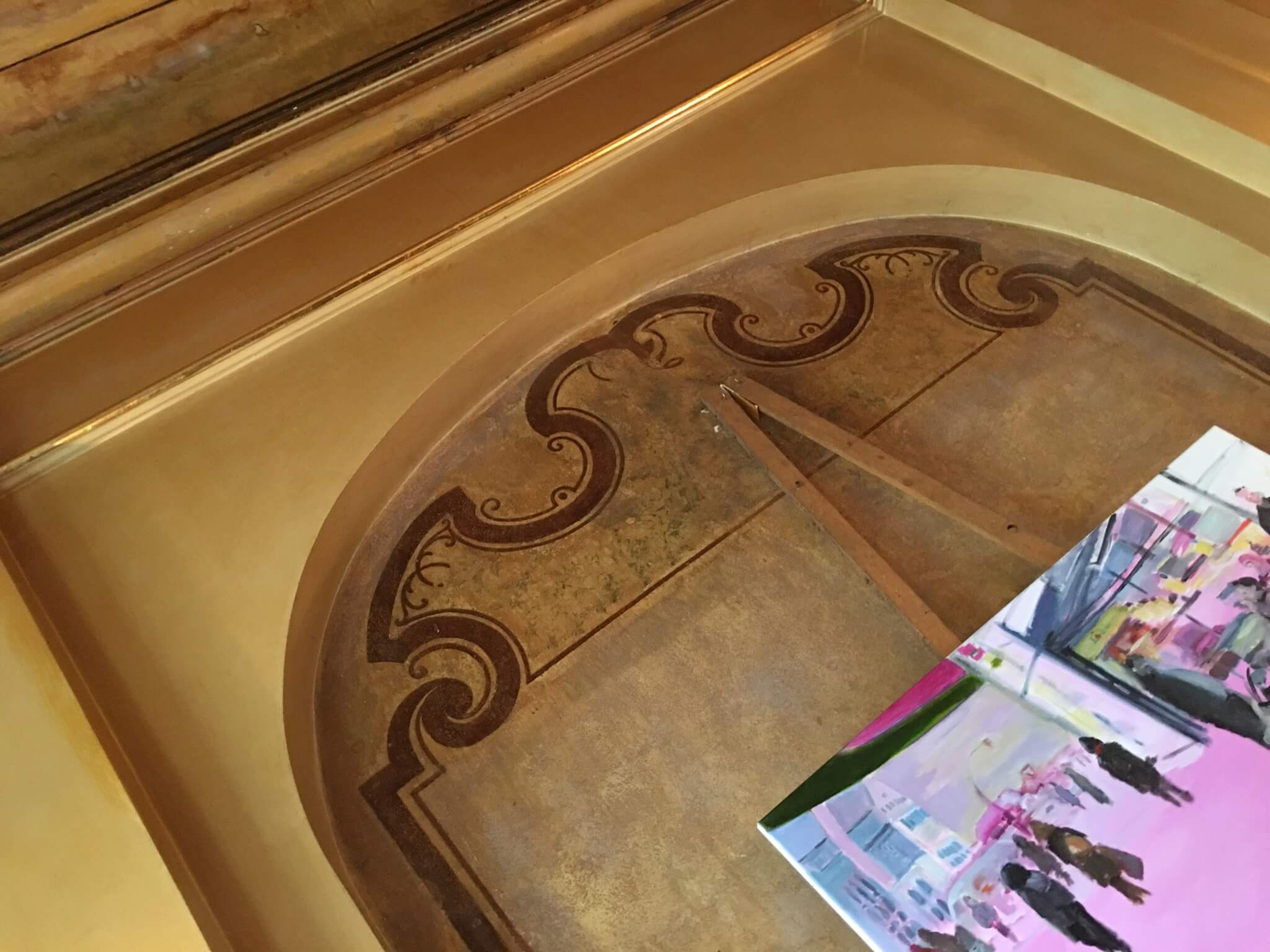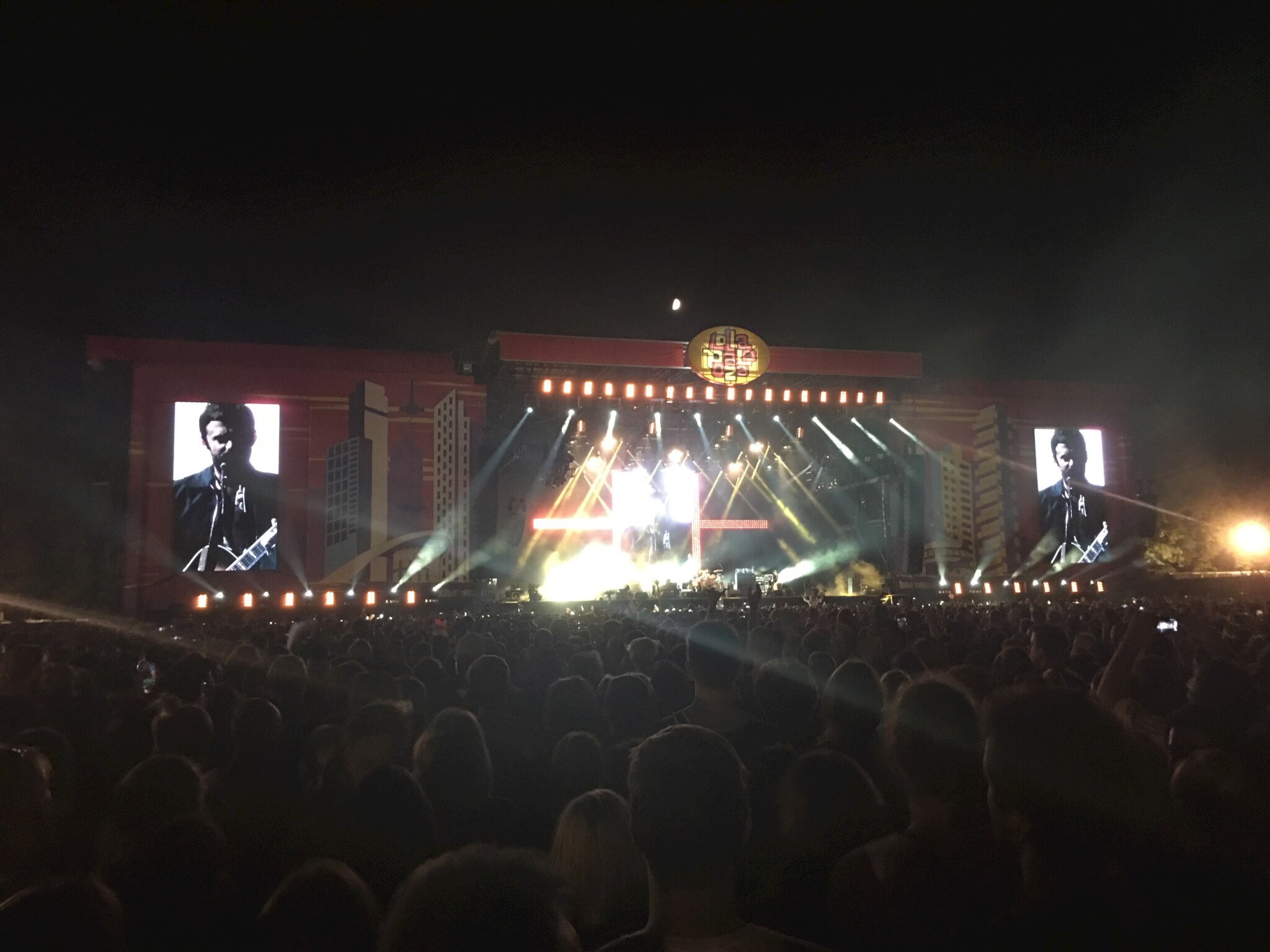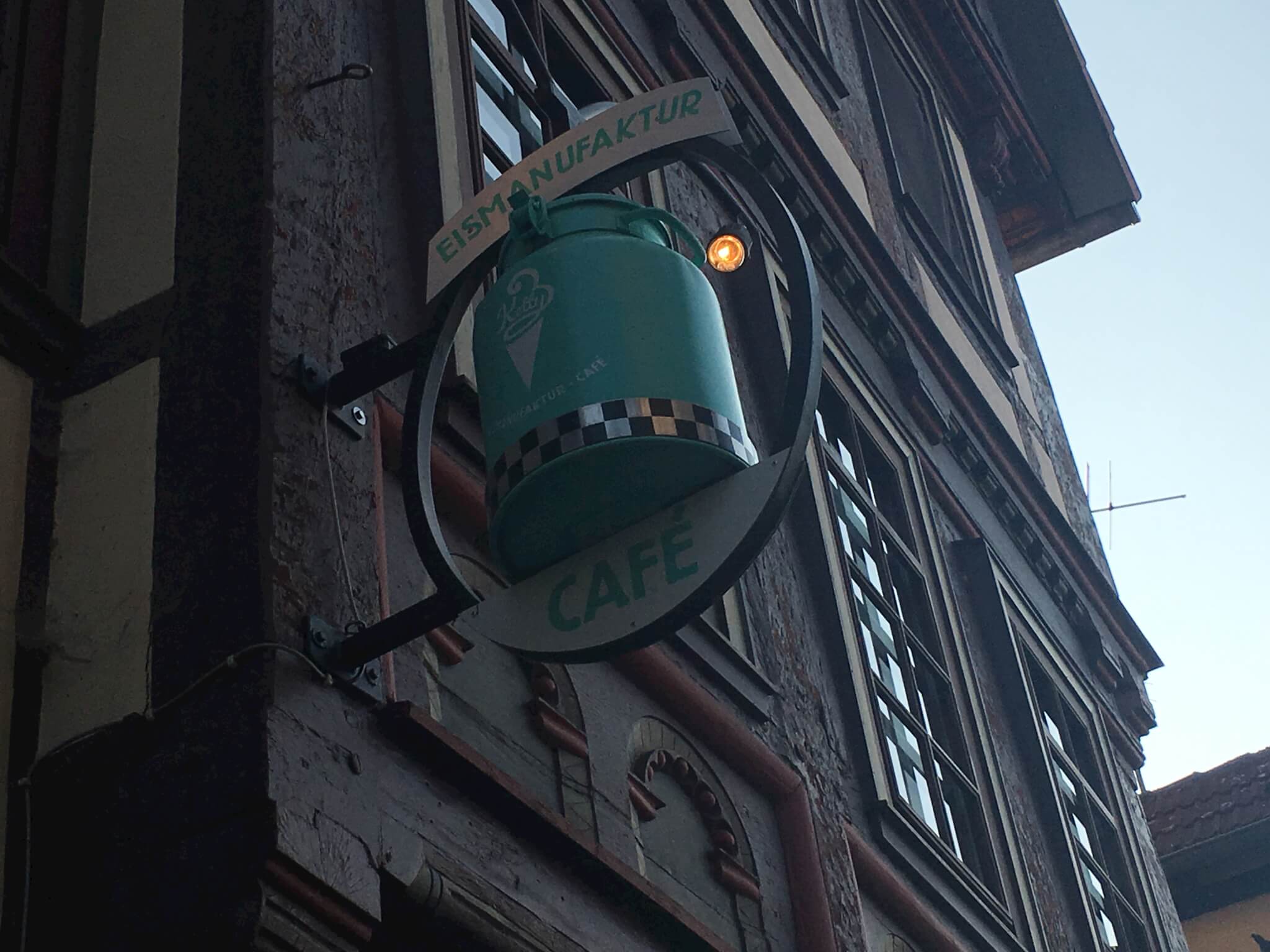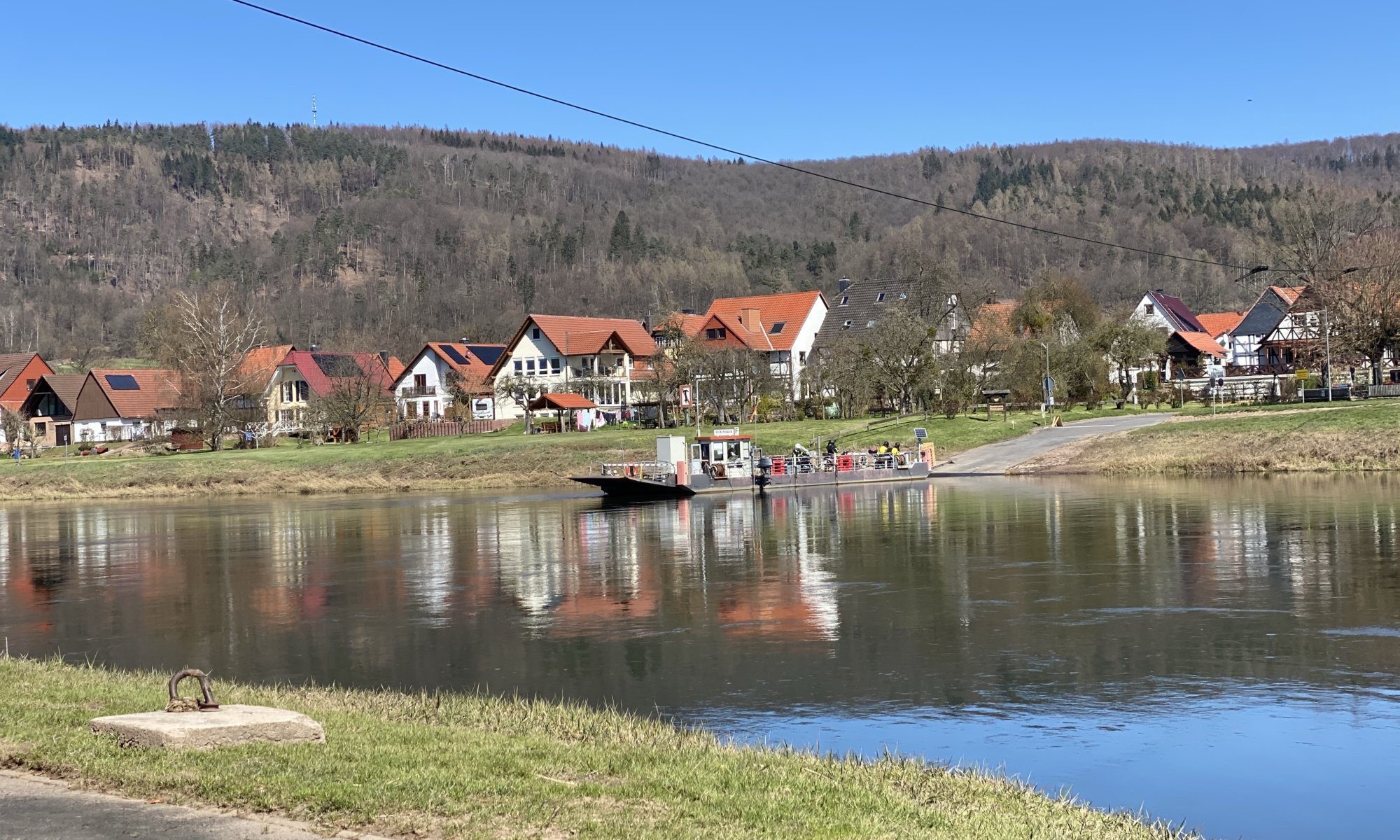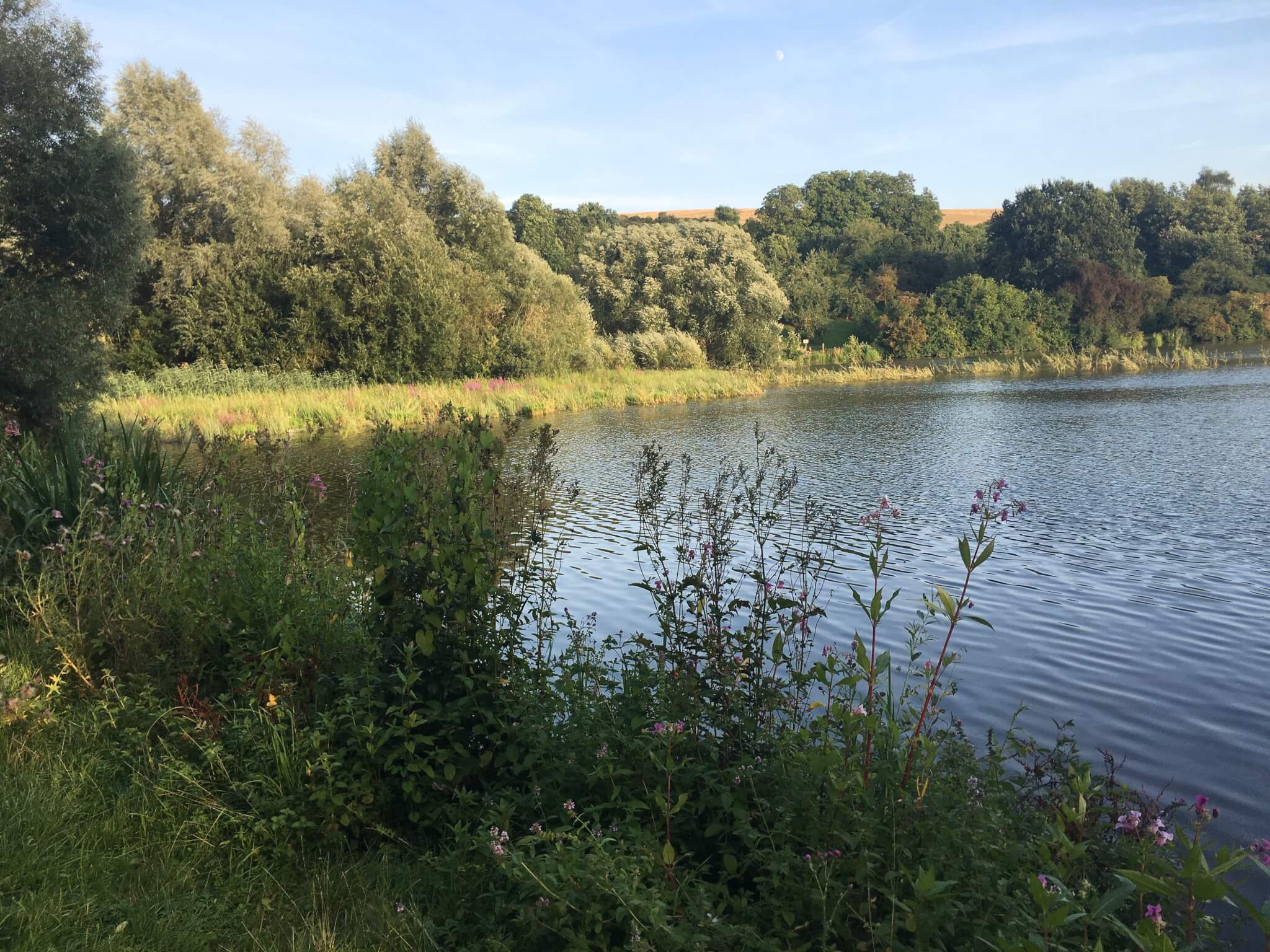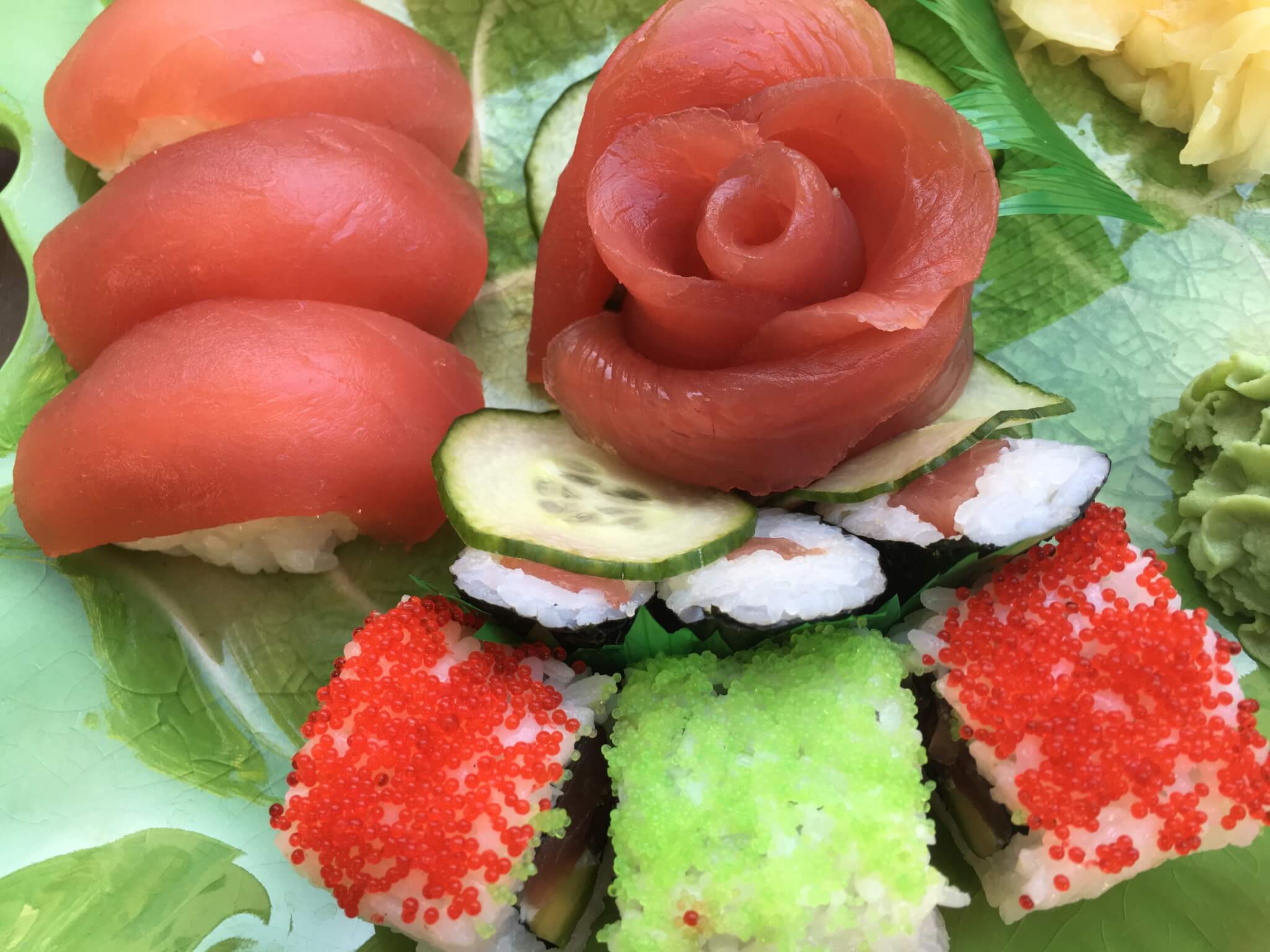The “Alte Werrabrücke” (old bridge over river Werra) is one of the oldest stone bridges in northern Germany. It is located at the northern end of the city center of Hann. Münden, Germany and leads to the the city quarter Blume, where also the Weserliedanlage is located.
Continue reading “Alte Werrabrücke”
Nadelwehr
The “Nadelwehr” in Hann. Münden, Germany is a traditional barrage used to higher the level of the river Werra. It consists of wooden needles put into the river close to the watergate and the old Werra bridge. In the past this technique was used to raise the water level for ships or to use the energy of the water for mills.
Continue reading “Nadelwehr “
Around the world
Miniature railways are a children’s dream and always create happiness. One of the biggest I’ve seen so far can be found in Wiehe in Eastern Germany, close to Sangerhausen and the A38. It offers 12.000 m² of miniature railway exhibition. It starts with a landscape of the federal state of Thüringen and the route then leads throughout Germany, Europe and the World (with a focus on the United States). Continue reading “Around the world”
Canaletto view
In 1748 the painter Bernardo Bellotto – better known as Canaletto – painted the famous picture “Dresden From the Right Bank of the Elbe Below the Augustus Bridge“. The title says it all, it is a wonderful depictation of the “skyline” of Dresden, Germany – including all those wonderful buildings close to the Elbe. Continue reading “Canaletto view”
Café Rix
The city quarter Neukölln in Berlin, Germany offers nice places and hidden pearls. The Karl-Marx-Straße (named after the famous founder of Marxism) is a migrant-shaped street where you might not initially feel at home. But in fact it is a wonderfully international place. Continue reading “Café Rix”
Lollapalooza
The Lollapalooza is a festival held in many countries like Chile, Argentina and Colombia and dating back to Chicago, USA in 2001. In Berlin, Germany the Lollapalooza got an additional home in 2015 on the Tempelhofer Feld. In 2016 this area was needed to host refugees and the Lollapalooza took place in the Treptower Park with massive problems with people living and working nearby. Therefore it was the first and also the last time that the festival was located here. Continue reading “Lollapalooza”
Eismanufaktur
Hann. Münden, Germany is a place for day trippers and bicyclists that enjoy the beautiful landscape and the old city center. Therefore the town has some restaurants, coffee bars and also contains some ice parlors. The best in my opinion is located close to the bridge that leads visitors to the Tanzwerder containing the Weserstein. If you’re on this path simply grab some icecream from the Ketty Eismanufaktur. You won’t be disappointed. Continue reading “Eismanufaktur”
Crossing the Weser
The normal way to cross a river on a bridge is practical but unspectacular. Along the river Weser there are different places where you can use a ferry to get on the other side. In Hemeln, a part of Hann. Münden, Germany you can get over on foot or within your car and you meanwhile also cross the border from Lower Saxony to Northern Hesse. Continue reading “Crossing the Weser”
Wendebachstausee
The Wendebachstausee is a lake in the south of Göttingen, Germany belonging to a region called Gleichen. The small river Wendebach was dammed here for flood protection in 1973. Today it is a lake used for swimming and you can also walk around easily.
Continue reading “Wendebachstausee”Sashimi, Maki & Nigiri
If you’re looking for high-quality Asian food in Göttingen, Germany, the Busumo Deluxe is your best choice. The menu is a wild mix of Japanese, Vietnamese and other Asian cuisine – but the quality is very good. I enjoyed different sashimi, nigiri and maki with tuna and tried the udon noodles; and I was far from being disappointed. Continue reading “Sashimi, Maki & Nigiri”
